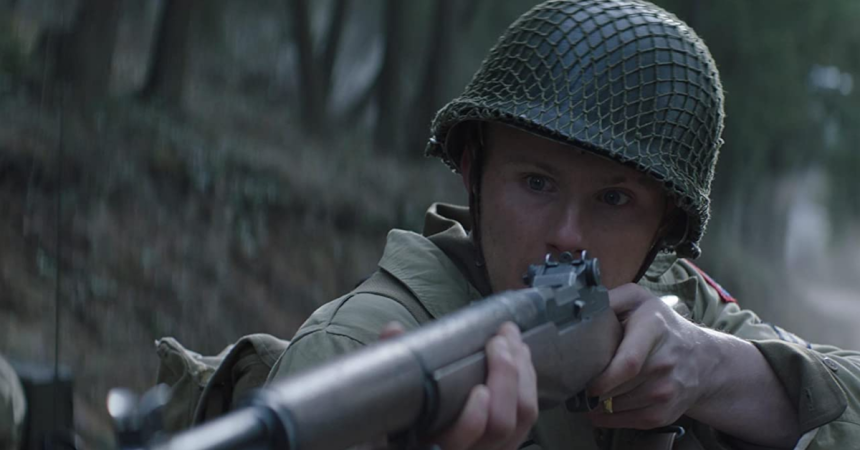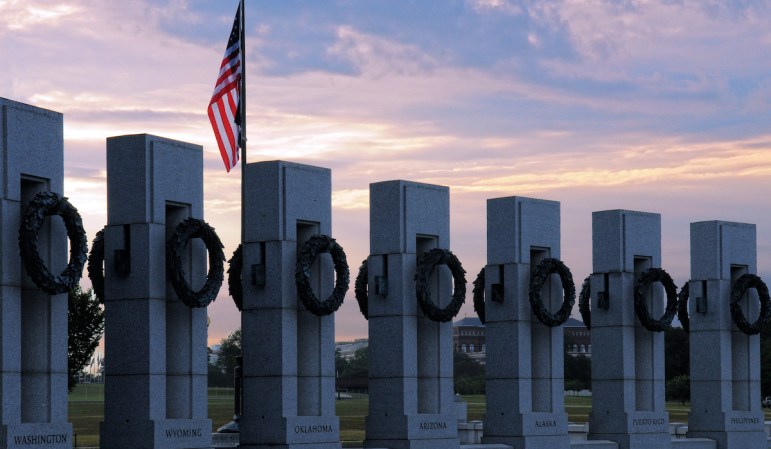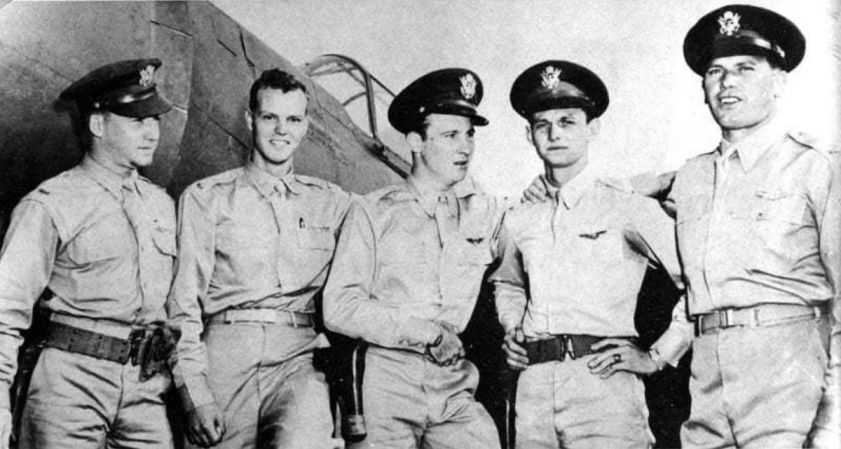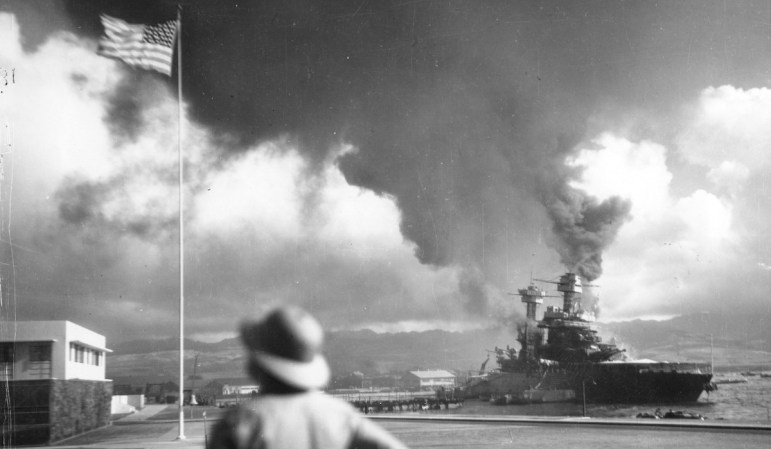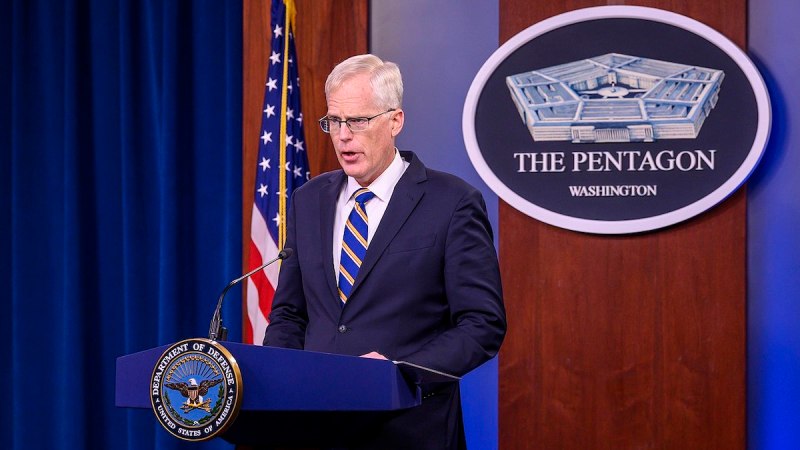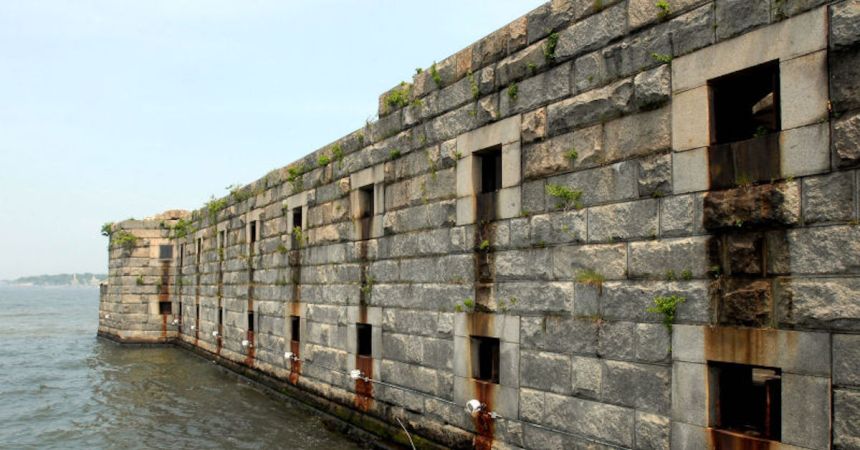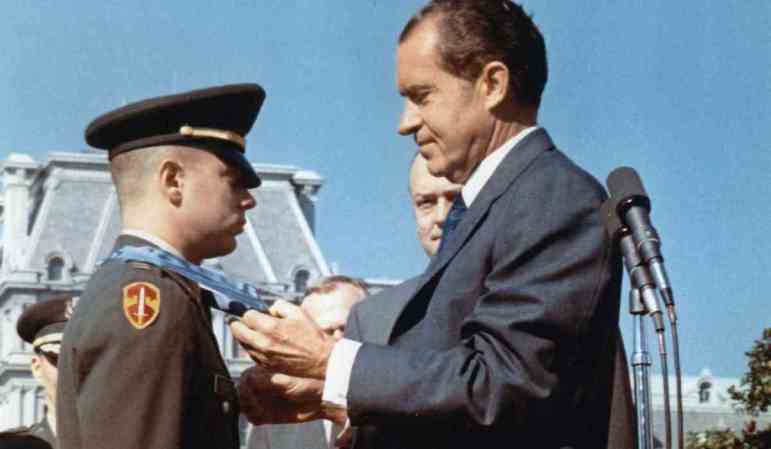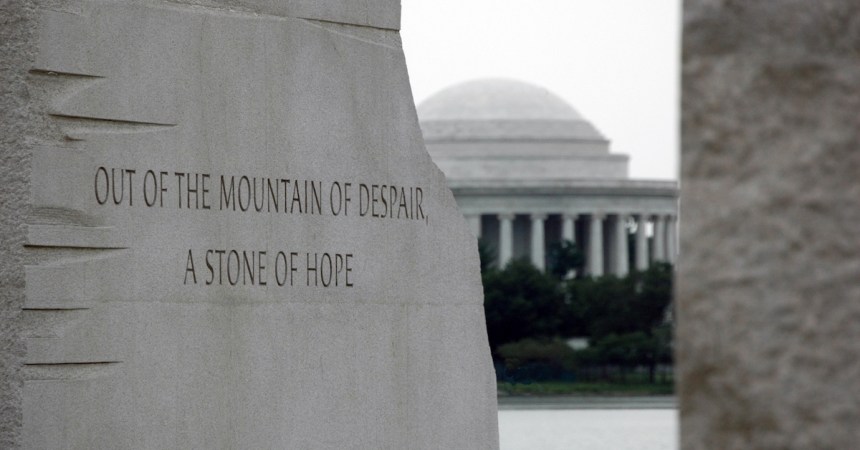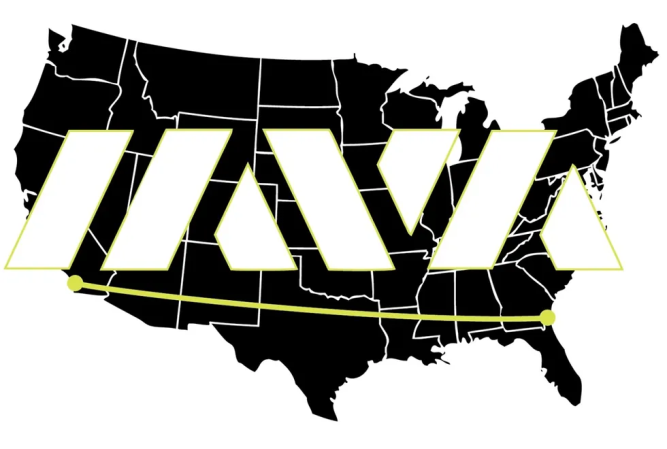It’s hard to let go. If you’re a sports fan, then you’ve probably watched your favorite players age well past their primes. They cling to their identities as athletes, as competitors, and they refuse to hang up their titles even as the competition gets younger, faster, and stronger around them. Well, this same thing can happen to planes, too.
The Boeing P-26 Peashooter was a technological breakthrough when it first flew in 1932. But, when combat came in 1941, it was hit by a double whammy of being obsolete and badly outnumbered — and the loss rate was abysmal.
The Boeing P-26 Peashooter was the first all-metal monoplane fighter to see service in the United States. It officially entered service in 1934 and remained the fastest fighter in the skies until 1938.

The P-26 Peashooter was the first all-metal monoplane to enter American service, but within a decade of its first flight, it was greatly outclassed.
(USAF)
Not only that, this plane was also the first to introduce flaps to U.S. aviation — a piece of technology used to make landings easier and safer. The plane needed flaps because it had a then-blistering landing speed of just under 83 miles per hour.
In the skies, it reached a top speed of 227 miles per hour and had a range of 360 miles. The plane’s initial armament included two .30-caliber machine guns — one of which was later upgraded to .50-caliber. Either two 100-pound bombs or five 31-pound bombs could be carried for ground-support missions.

P-26 Peashooters on the flight line at Hickam Field, Hawaii.
(USAF)
The P-26 was exported to China and sent to the Philippines, where it saw action against the Japanese. The plane was old, but proved capable of taking down the legendary Mitsubishi A6M Zero.
The last P-26s to serve defended the Panama Canal until 1942, when they were exported to Guatemala. There, they hung on until 1957, four years after the Korean War saw jets fighting for control of the air.
Watch a classic video of these legendary planes in service below!





